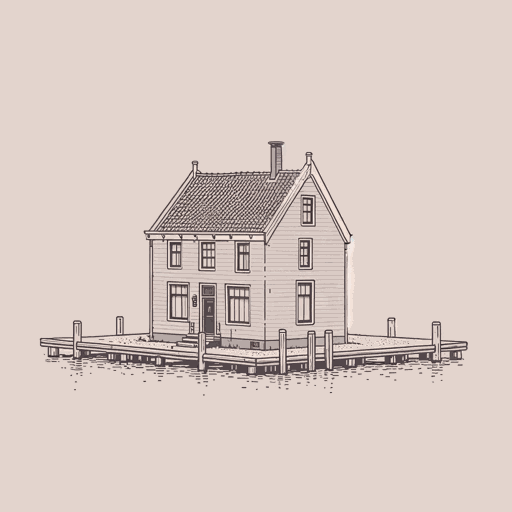86 pages • 2 hours read
Harry MulischThe Assault
Fiction | Novel | Adult | Published in 1982A modern alternative to SparkNotes and CliffsNotes, SuperSummary offers high-quality Study Guides with detailed chapter summaries and analysis of major themes, characters, and more.
Important Quotes
“Anton lived in the second house from the left, the one with the thatched roof. If it had not already been called Carefree when the family rented it shortly before the War, his father would have preferred to name it something like Eleuthera, written in Greek letters. Even before the catastrophe occurred, Anton used to think that Carefree meant a place where cares entered freely, not a place free from cares; just as someone could think priceless meant without cost, rather than beyond price.”
(Prologue, Page 3)
This passage introduces Anton’s childhood home. The materiality of the home itself exercises a significant presence throughout the novel, as it is the site of Anton’s formative trauma. Its geographical particularity is parsed here, which will recur throughout the narrative—firstly as a means of driving the mystery of why the Kortewegs chose to dump Ploeg’s body on the Steenwijk doorstep, but also as a way of anchoring the reader in the physical site of Anton’s trauma. Anton will physically return to the site of his childhood home periodically, and each time will represent a distinct step in his process of reckoning. Also, this quote displays Anton’s thoughtfulness and his nuanced idiosyncrasies in regard to his reading of the name “Carefree.”
“The motorboats were different. Pitching, their prows would tear the water into a V shape that spread until it reached both sides of the canal. There the water would suddenly begin to lap up and down, even though the boat was already far away. Then the waves bounced back and formed an inverted V, which interfered with the original V, reached the opposite shore transformed, and bounced back again—until all across the water a complicated braiding of ripples developed which went on changing for several minutes, then finally smoothed out. Each time, Anton tried to figure out exactly how this happened, but each time the pattern became so complex that he could no longer follow it.”
(Prologue, Pages 5-6)
This is the last passage of the Prologue. Anton’s attempt at figuring out how the water forms such a complicated braid of ripples foreshadows the manner in which he will eventually construct a fuller image of the complexities surrounding the assault and its aftermath. The fact that Anton cannot fully figure out the ripples also foreshadows and broadcasts two of the novel’s major themes: the persistence of absurdity within the human experience as well as moral ambiguity. Ultimately, Anton’s engagement with the ripples in this passage is a

